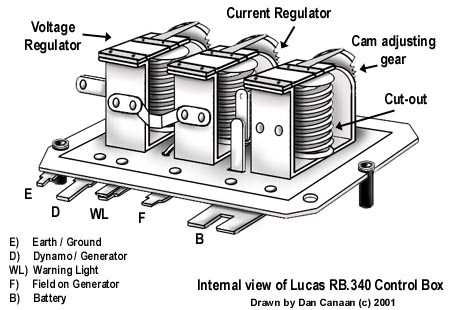MaxHeadRoom
- Joined Jul 18, 2013
- 28,702
Seems this thread has taken on a treatise on the various construction methods of alternator regulators, all the OP needed was an answer to the question "can i use a 12v supply to excite alternator instead of a battery?"
This could and was answered in a couple of posts.
In some cases there is enough residual in the rotor that with a about half a dozen components a self regulator can be built with no external source required.
Max.
This could and was answered in a couple of posts.
In some cases there is enough residual in the rotor that with a about half a dozen components a self regulator can be built with no external source required.
Max.






